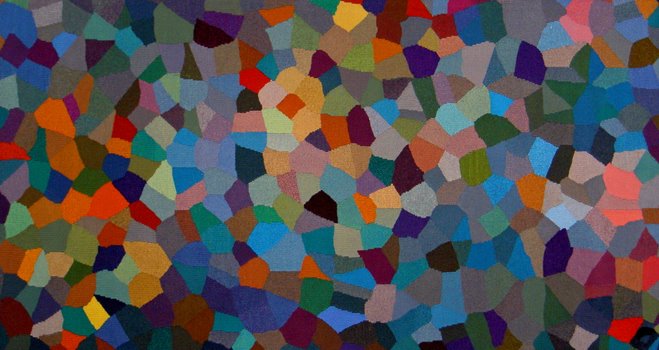One day a few weeks ago, I was doing some photocopying at the Toronto Weaving School, which shares space with many other kinds of instructional opportunities and subjects, and consequently, all kinds of instruction goes on there, from languages, to furniture upholstery, furniture refinishing, wood carving, ballroom dancing, language instruction etc..... It's a dynamic building for mostly adult learning. One of these instructors came up to me to talk because she had found this crumpled paper in the photocopier that had jammed it up. Instantly she thought I was the culprit because the page happened to be about tapestries woven at Dovecot studios (http://dovecotstudios.com/) at the turn of the twentieth century. Of course, she probably didn't believe me when I told her that I was not the culprit and of course I can completely understand her incredulity. The page information had very detailed information. Who else in the entire building would have photocopied such a page? This mystery intrigued me !
I was also absolutely curious as to what book it came from because from what I read from this page, the weavers were named and their initials were woven into the tapestry. The person who designed the tapestry was also named: Skeoch Cumming. So I tried googling it with no luck except to find myself ordering a book The Art of Modern Tapestry: Dovecot Studios Since 1912, edited by Elizabeth Cumming, which I did not regret but wonder is she related to. Skoech? Hmmmmmmm....the mystery deepens ......well...this page wasn't in it. My curiosity compelled me to post it on Facebook and sure enough, to my immense gratitude, the first response was from Kathe Todd Hooker who said that she thought it was probably a page from an exhibition catalogue from Dovecot Studios in Wales but could not tell me more than that. You can see Kathe`s incredible work here: http://kathetoddhooker.blogspot.ca/.
Clare Coyle from the UK, who studied at the Edinburgh College of Art, is the one that illuminated me! And oh....what a response! She said:
``I noticed your post about The Lord of the Hunt image and answered......it is from the first Dovecot exhibition catalogue, Master Weavers.
The full title is "Master Weavers -Tapestry from the Dovecot Studios 1912 - 1980. The image is the first tapestry they wove in 1912. It's not available on Amazon uk and is on the US site and it seems to be available 2nd hand I think from around $15 dollars or so which seems a bargain! I'll post a photo of the page in the catalogue it is from as there is an actual photo of the man they used as a model - it states " James Roddick, the night watchman modelling for a figure in Lord of the Hunt". He doesn't look a very happy chappy! Lol. Published by Canongate press in Edinburgh around 1980, so no ISBN no. The version I have has a mainly white cover and a small (Archie) Brennan tapestry in the middle. I don't know if there was a second edition with the other cover or not. ``
When I asked Clare if she had a website we could share with you all, she responded:
``Sadly I have been very lazy with setting up any website, however I have quite a few albums on my (Facebook) pages with a number of my tapestries in them. Have a wee gander through them!``
Thanks Clare and Kathe!





1 comment:
You may be interested in a discussion currently taking place on the 'Art Detective' website here: http://bit.ly/1U8kzHS
Your blog post has helped us confirm the identity of the sitter in a portrait held by a Scottish regimental museum, as Gunner James Roddick (1848-1928), a hero of the Second Anglo-Afghan War, in later life - thank you! Roddick was 64 years old when he modelled for the Dovecot Studio tapestry in 1912. 18 years earlier he had been the subject of picture by the tapestry's designer, Skeoch Cumming, depicting the 1880 military episode in which Roddick stayed by the side of a wounded officer, saving his life, and for which he was later decorated.
My best guess is that Roddick posed for Cumming when he painted the 1894 work, and proved such a good model that Cumming introduced him to some fellow painters - as a former soldier he would have been accustomed to keeping still, patiently, for long periods of time...and to obeying orders! He also had splendid, chiselled looks and a fine physique. In any case, his obituary in The Scotsman recorded that had he modelled for many other Edinburgh artists...and of course for Cumming himself, who, it is nice to record, attended his funeral in April 1928.
Post a Comment